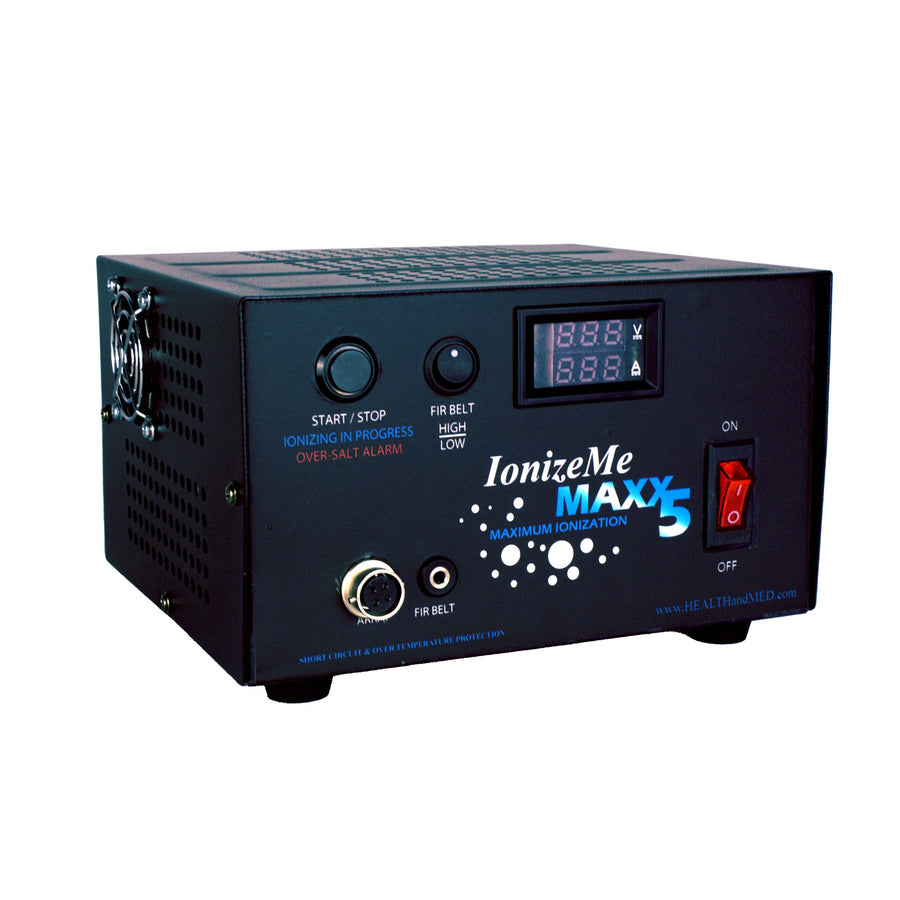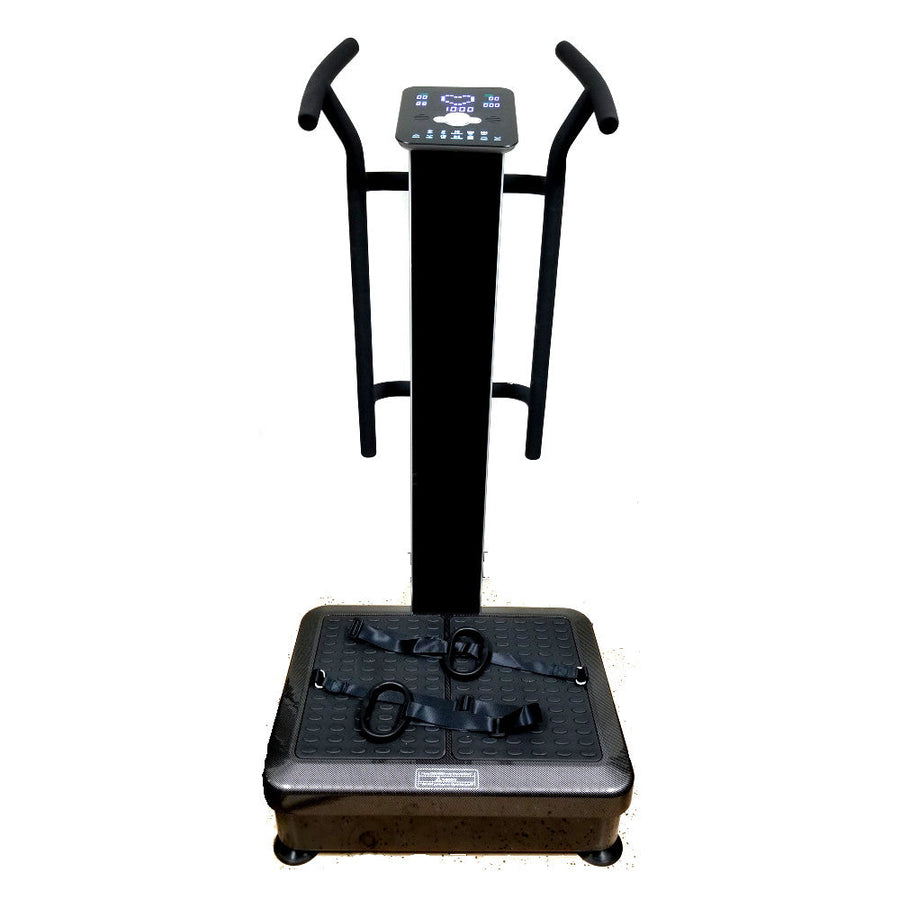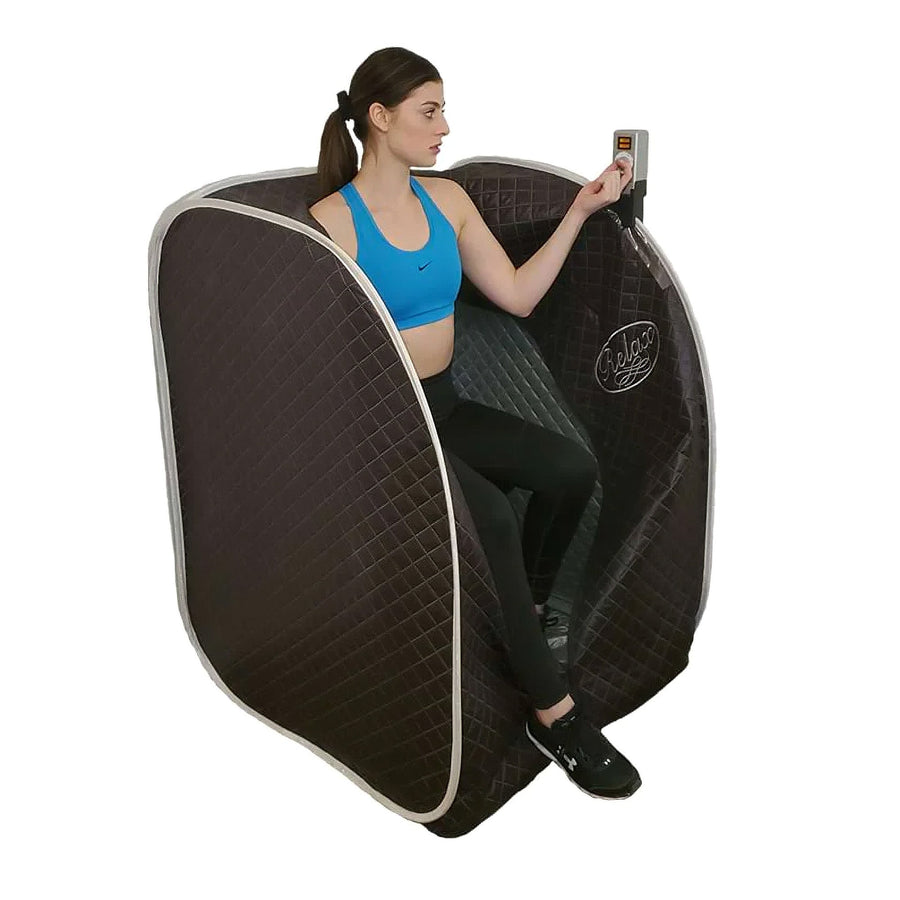Whole Body Vibration Exercise Potentially Used for Improving the Clinical Conditions of COVID-19 Patients
COVID-19 (Coronavirus) is a highly infectious respiratory disease which leads to several potentially life threatening problems with the respiratory system. If severe enough, these problems can force patients into ICUs, where they may be unable to embrace regular physical activity and exercise.
Whole Body Vibration (WBV) exercise has been suggested as part of the procedures involved with pulmonary rehabilitation, even in ICU settings due to its non-invasive nature.
According to experts, the World Association of Vibration Exercise Experts (WAVEX) "reviewed the potential of WBV exercise as a useful and safe intervention for the management of infected individuals with COVID-19 by mitigating the inactivity-related declines in physical condition and reducing the time in ICU. Recommendations regarding the reduction of fatigue and the risk of dyspnea, the improvement of the inflammatory and redox status favoring cellular homeostasis and the overall improvement in the quality of life are provided. Finally, practical applications for the use of this paradigm leading to a better prognosis in bed bound and ICU-bound subjects is proposed."
COVID-19 originated in Wuhan, China in 2019 and has currently infected over 10 million people worldwide. It has been found to have a higher death rate in older patients.
COVID-19 is caused by the virus SARS-CoV-2 and results in severe stresses to the various health care systems in most countries available to combat this disease.
While most infected patients have mild symptoms including fever, fatigue and cough, severe cases can be found in especially elderly patients with systemic inflammatory response syndrome (SIRS), cardiovascular diseases, rheumatoid arthritis, immunodepression, cancer or chronic obstructive pulmonary disease (COPD).
The disease can progress quickly to acute respiratory distress syndrome, septic shock, metabolic acidosis and coagulopathy.
One reason for the potential rapid deterioration associated with the disease is based on the steady accumulation of detrimental cellular and molecular changes within tissues that reduces the body’s ability to respond to stress.
Consequently, in some cases, the virus can also negatively impact cellular homeostasis and immunity, with some studies reporting elevations in the expression of pro-inflammatory cytokines within skeletal muscle of patients with SARS-CoV-2 infection. Some patients have presented with muscle soreness or fatigue as well as acute respiratory distress syndrome (ARDS), whereas diarrhea, hemoptysis, headache, sore throat, shock, and other symptoms are rare.
Suspected and confirmed cases of SARS-CoV-2 need to be treated in designated hospitals with effective isolation and protective conditions with critical cases being admitted to ICU as soon as possible. This can prevent much needed physical activity, which plays an important role in the body; therefore, passive strategies such as whole-body vibration (WBV) exercise could be recommended in patients suffering from a mild COVID-19 infection after careful clinical evaluation to ensure the safety of this type of rehabilitation.
Accordingto the rexperts, WBV benefits "that could be relevant in the management of individuals infected with COVID-19" include:
- The reduction of fatigue and the reduced risk of dyspnea
- Improvements in inflammatory and redox status favoring cellular homeostasis
- An overall improvement in the quality of life, leading to a better prognosis in bed bound and ICU-bound subjects.
Fatigue and dyspnea are clinical characteristics as evidenced by COVID-19 patients. The fatigue is present in about 22% of infected patients and, although it is still early to evaluate it in this population, a recent study suggested that 70% of ARDS survivors reported clinically significant and persistent fatigue symptoms at 6 and 12 months [19] and these are also common in patients with COPD [20] or in intensive care survivors one year after discharge.
These authors have recently shown that small increases in physical functioning status were associated with less fatigue.
Previous studies have reported that WBV exercise can not just enhance physical status, but also manage the fatigue in various populations such as those with fibromyalgia, Parkinson disease, or multiple sclerosis. Recent studies "evaluated the effects of WBV on various physical and psychological capacities in patients undergoing allogeneic hematopoietic cell transplantation (alloHCT) and reported that WBV might maintain maximum strength, functional performance, quality of life (QoL), and mitigate fatigue".
Significant improvements in fatigue and mood were identified for both intervention groups, while gait parameters also improved significantly in the WBV group. It was concluded that combined training programs of regular exercise with WBV helps to reduce fatigue and improve mood in persons with mild to moderate RRMS. WBV protocol resulted in reductions in pain and fatigue, whereas exercise alone failed to induce any improvements.
Study results suggested that WBV may have positive vascular and anti-inflammatory effects. It is reported that WBV improves inflammatory-oxidative biomarkers and white cell count. It has also been concluded that a single session of WBV can acutely improve the inflammatory status in patients with fibromyalgia. A similar response was observed in elderly individuals with knee osteoarthritis.
Given the complex situation generated by the COVID-19 virus, it could be speculated that WBV is able to influence the patients’ immune system. Repeated bouts of acute exercise have been shown to enhance production of anti-inflammatory cytokines, contributing to reduced inflammation, as well as a reduced pro-inflammatory cytokine production and an increased anti-inflammatory cytokine production, all of which might have an important protective role in this virus.
When combined with tilt-table technology, WBV can also be applied in well selected patients who are yet unable to stand by themselves, as has been powerfully demonstrated in pediatric rehabilitation (also feasible in intensive care units).





